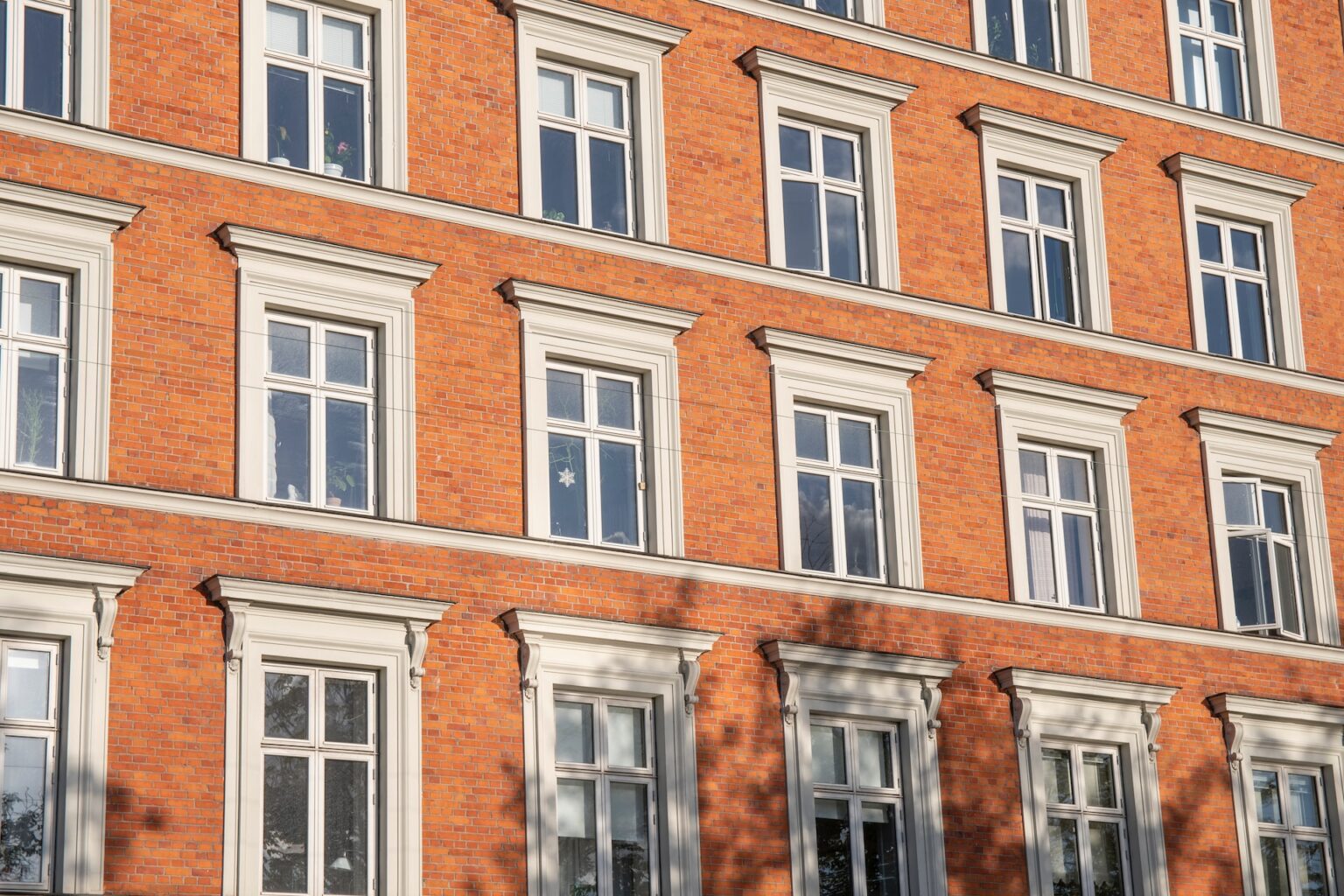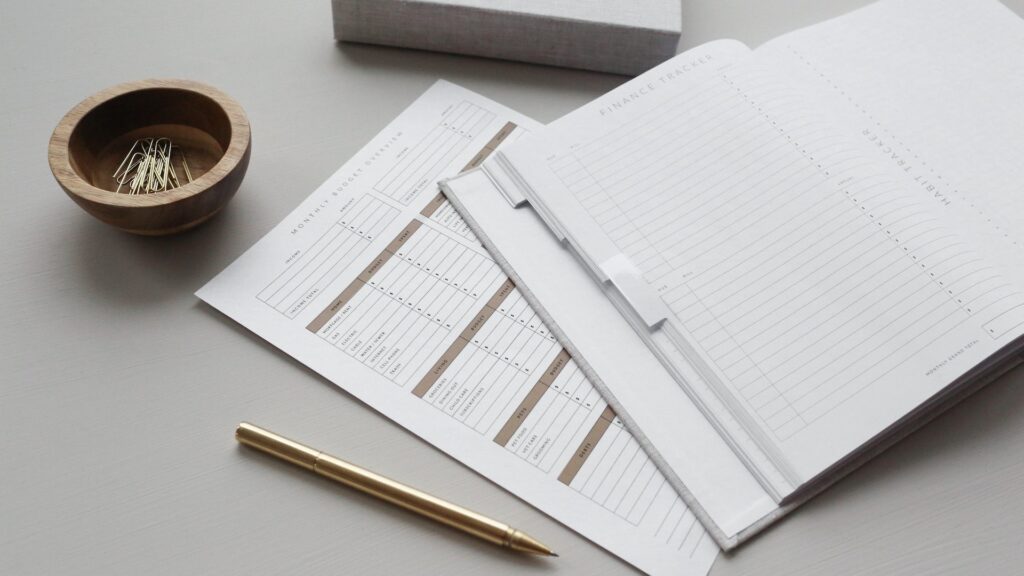
SANTA MONICA—On July 10, the city of Santa Monica announced that the SM City Council during its July 9 meeting, they adopted Brighter Blue, a five-year plan to improve Big Blue Bus service by providing riders with fast, sustainable and reliable access to jobs, healthcare, education and other essential services, and providing a world-class transit experience for major events, including the 2026 FIFA World Cup and 2028 Summer Olympics.
The Brighter Blue was developed as a result of post-pandemic travel behavior changes and a rapidly growing regional rail network. Informed by a comprehensive analysis of Big Blue Bus’s current services and an extensive 18-month community and stakeholder outreach effort, riders can anticipate the following service enhancements under Brighter Blue:
-More frequent service on most routes, including a high frequency network with weekday service every 10 minutes or better on select corridors during peak hours.
-Expanded operating hours so that most routes start earlier in the day, end later at night and operate on weekends.
-Improved connectivity to key destinations, such as the LAX/Metro Transit Center, Culver City Transit Center and the Metro Rail D Line extension.
“We are thrilled that City Council has approved the Department of Transportation’s Brighter Blue plan. Over the next five years, these enhancements will significantly elevate the experience for Big Blue Bus riders, drivers, and the broader Santa Monica and West Los Angeles community,” Santa Monica Department of Transportation Director Anuj Gupta said.
“While travel patterns have changed post-pandemic, the fundamentals of high-quality transit remain the same. Service needs to be fast, frequent, safe, and reliable to serve as an effective transportation mode. Concentrating investments on key high-frequency routes will create a stronger foundation for our overall network, making Big Blue Bus’s service more attractive and convenient, reducing wait times, and providing more flexibility to current and future riders planning their trips.”
Brighter Blue is among several Department of Transportation initiatives that provide an enhanced rider experience:
-Zero-Emission Bus Fleet: Big Blue Bus is an industry leader in sustainability and environmentally friendly practices. The agency is on pace to achieve a complete zero-emission, battery electric bus fleet by 2030.
-Safety Officer Program: The Department of Transportation launched a Transit Safety Officer Program in March 2024 to enhance safety for riders and employees. The program deploys unarmed security guards across the system wherever data shows their services are most needed.
-Automated Bus Lane Enforcement: Last summer, Big Blue Bus conducted a successful pilot of automated bus lane enforcement technology. Staff will present a recommendation for a permanent program to City Council for approval in FY2024-25.
-Communications System Upgrade: Big Blue Bus is upgrading its fleet communications system to provide better real-time bus arrival predictions and minimize service delays and disruptions.
-Better Blue Bus Stops: Big Blue Bus will continue to improve bus stops throughout its service area. Improvements include upgraded lighting, increased shade, larger boarding areas, and more seating options.
Implementation of the Brighter Blue service plan advances the Santa Monica City Council’s strategic priorities of Sustainable & Connected and Justice, Equity & Diversity. For detailed information about all the service improvements focused on for the next five years, visit www.brighterbluebbb.com.
By Trevor














